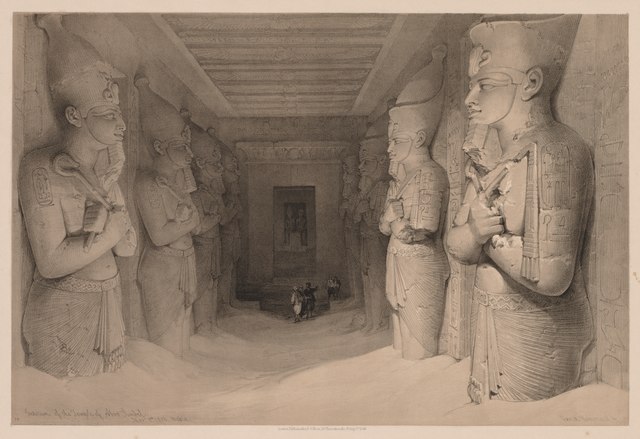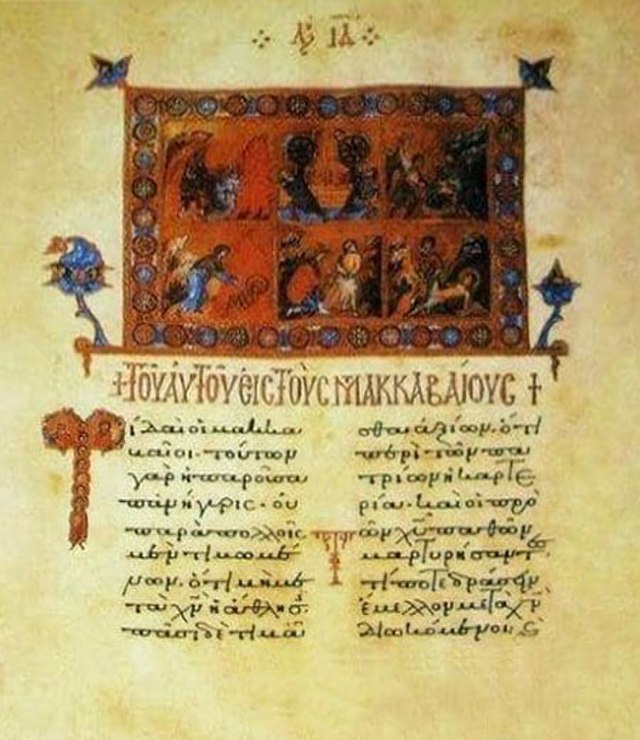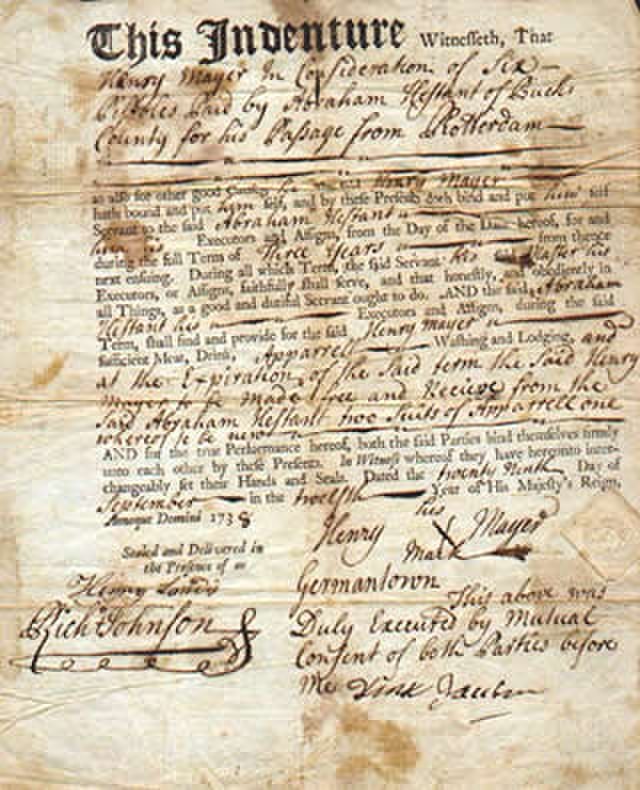Ancient Near Eastern (ANE) religions and their pantheons are vast and varied. Yet, a common thread in many of these faiths is the cyclical nature of their gods and the symbiotic relationship they share with humanity. This stands in stark contrast with the monotheistic God of the Bible. Let’s explore these differences.
The Cyclical Nature of ANE Deities
In the ANE cosmologies, many gods had roles that were intrinsically linked to the cyclical patterns of nature – birth, death, and rebirth. This is prominently seen in deities associated with agriculture, fertility, and lunar/solar cycles:
- Inanna/Ishtar (Mesopotamia): Representing love, beauty, sex, and war, her descent into the underworld and return is a clear representation of the cyclical nature of life and death.
- Osiris (Egypt): As a god of the afterlife, Osiris dies and is reborn annually, symbolizing the cyclical inundation of the Nile and the subsequent fertility it brings.
Symbiosis: Gods and Humans in ANE
The relationship between humans and their gods in the ANE was fundamentally symbiotic. Humanity provided for the gods through offerings, rituals, and temple building. In return, gods granted protection, fertility, and order.
- Baal (Canaanite religion): Worshipers of Baal, the storm god, believed that their praises and sacrifices would ensure the rains necessary for agriculture.
This reciprocity was pivotal. If humans neglected their duties, gods might withhold their blessings or unleash chaos, and if gods did not uphold their end, they could potentially “weaken” due to the lack of worship.
The God of the Bible: Transcendent Yet Personal
In contrast, the God of the Bible, while desiring a relationship with humans, is not bound by cyclical patterns or mutual dependencies:
- Transcendence: Unlike ANE deities tied to natural cycles, Yahweh transcends them. He is the Creator of all, unchanging and eternal: “For I the Lord do not change…” (Malachi 3:6)
- Non-symbiotic Relationship: While God desires worship, love, and obedience, He does not “need” them in the way ANE gods did. God’s blessings to humanity stem from His grace and love, not out of necessity or transaction.
Supreme Monotheism vs. Polytheism: Focused Worship vs. Diverse Devotions
While the ANE pantheon comprised a diverse array of gods, each with its jurisdictions and spheres of influence, early biblical tradition pointed towards a hierarchy in the spiritual realm. The worship was directed majorly towards Yahweh, the Supreme Creator God.
- Divine Council: Passages in the Bible hint at a divine assembly or council (e.g., Psalm 82). While lesser gods or divine beings might be acknowledged, worship and allegiance were to be given exclusively to Yahweh.
- Distinct Devotions: In ANE religions, different gods demanded varied forms of devotion based on their domains. In contrast, worship in the biblical tradition, while recognizing a divine hierarchy, maintained its primary focus on Yahweh, emphasizing His overarching sovereignty and role in the cosmos.
Stability vs. Variability
While the actions of ANE gods could be unpredictable, contingent on human actions or inter-divine conflicts, the God of the Bible is depicted as stable, trustworthy, and covenantal. His promises, like in the Abrahamic and Mosaic covenants, are enduring.
Purpose of Mankind: Servitude vs. Imagers
Ancient Near Eastern Myths:
In many ANE creation narratives, humans were crafted to serve the whims and desires of the gods. Their primary role was to ensure that the divine were appeased, fed, and cared for through rituals, sacrifices, and temple maintenance.
- Enuma Elish (Babylonian Creation Myth): Mankind was created from the blood of the defeated god Kingu to bear the labor of the gods. This narrative portrays humans as beings created out of conflict, primarily to relieve the gods of their workload.
Biblical Account:
In stark contrast, the biblical account in Genesis postulates a more elevated role for humanity. Instead of being mere servants, humans were created in the “image” and “likeness” of God.
- Genesis 1:26-27: “Then God said, ‘Let us make mankind in our image, in our likeness… So God created mankind in his own image, in the image of God he created them; male and female he created them.”
Being created in the “image of God” is a profound theological statement, suggesting humans have an intrinsic value, purpose, and responsibility. They’re called to be stewards of the earth and reflect God’s character and attributes.
Conclusion
The cyclical and symbiotic nature of ANE deities and their relationships with humans offers a rich tapestry of understanding about ancient worldviews. In juxtaposition, the God of the Bible presents a unique paradigm: a God who is both personal and transcendent, engaged but not dependent. This contrast underscores the distinctiveness of biblical monotheism in the broader ANE context.
Discussion Questions:
- How do the roles assigned to humanity in ANE creation myths versus the biblical account impact the overall understanding of human worth and purpose in these cultures?
- In what ways do the relational dynamics between humans and deities differ in the ANE religions compared to the biblical tradition?
- How might the concept of humans as “imagers” of God in the biblical account influence the ethical and moral expectations placed upon them?
Sources of Further Information:
- “Ancient Near Eastern Texts Relating to the Old Testament” edited by James B. Pritchard: This compilation offers primary source documents from various ANE cultures. It provides direct insights into the beliefs and narratives of these societies, helping readers delve deeper into their cosmogonies and theological frameworks.
- “The Lost World of Genesis One: Ancient Cosmology and the Origins Debate” by John H. Walton: Walton provides a fresh look at Genesis 1 in its cultural context, offering insights into how the ancient Israelites might have understood the text and how it contrasts with other ANE creation myths.
- “Gods, Goddesses, and Images of God in Ancient Israel” by Othmar Keel and Christoph Uehlinger: This work delves into the complex religious landscape of ancient Israel and its surrounding cultures. It offers a comparative approach to understanding the uniqueness of the biblical portrayal of God amidst a sea of ANE deities.




